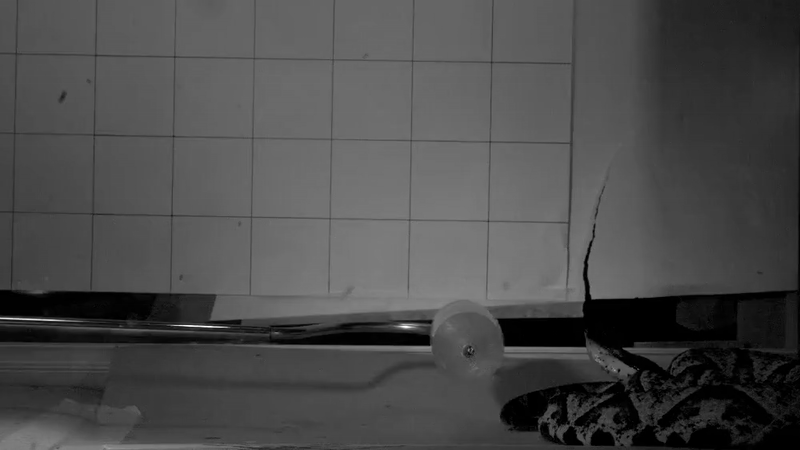Thanks to a series of high-speed videos, scientists have finally figured out how venomous snakes sink their teeth into their prey.
Scientists have been capturing photos and videos of venomous snakes lunging for food since the early 1950s. But the attacks happen so fast, in just 0.1 seconds, that older cameras weren’t fast enough to capture all the details. Meanwhile, recent field records of snake collisions are often limited by low resolution and dim lighting, researchers say in a new study.
you may like
To better understand how different types of snakes attack their prey, researchers visited Venomworld in Paris. This is an animal facility where study co-author Remi Kusas and his colleagues regularly extract venom from snakes and scorpions for medical and pharmaceutical research. So they created fake prey out of a medical gel that looked like muscle, dangled them in front of 36 species of venomous snakes, and filmed them with multiple high-speed cameras.
“I flinched several times” while trying to tempt the snake to attack, study co-author Silke Kreulen, a biologist at Australia’s Monash University, said in a statement.

After recording more than 100 high-speed videos of 36 different snake species attacking fake prey, scientists discovered patterns in how these reptiles attack. The footage showed that most vipers were able to bite their targets within 0.1 seconds of lunging. This is faster than the startle response of most mammals, meaning the prey is less likely to flee. Some colaphids, including the coarse-scaled death adder (Acanthophis Rugosus) and the cape coral snake (Aspidelaps lubricus), were as fast as pit vipers, but some took more than 0.3 seconds to reach their prey.
Different families of snakes have different methods of injecting their venom. The pit vipers attacked quickly from a coiled position, but were sometimes unable to get the right angle for the bite. Then, before injecting the venom, the viper pulls its fangs out of its prey and reinserts them in a more advantageous position.
Elapids took a more sneaky approach, snuggling closer to their prey to reduce the distance they had to lunge. It then relaxed its jaw slightly and bit again several times, “possibly prolonging the flow of venom to its prey,” the researchers said in the study.
The research team also observed two snakes in the colubrid family: the mangrove snake (Boiga dendrophila) and the fisher’s tree snake (Toxicodryas pulverulenta). These “back fanged” snakes inject their venom through the teeth at the back of their upper jaw. When T. pulveulenta bit its fake prey, it dragged its fangs back and forth across the gel, creating a crescent-shaped wound that may have helped pump out as much venom as possible.
Future studies may determine whether prey size has any effect on snake attacks, the researchers wrote in their paper.
Source link

